Birds PART 2) Randys Bird Photography Journey Identification Tips
Randy's Bird Photography Journey Identification Tips for iNaturalist Observations and ways to learn how to identify birds.
With my Ecology Science education and field experience I know the value of learning what types of life I see in Nature if I can apply a usable name to each species I see.
I have found the iNaturalist App and program to be highly be useful to learn the names of what I am seeing. I have included several links to iNaturalist below to help others get a start with this program.
This post is also to give you some tips to get useful pictures of birds that will help yourself and others ID them and to bring out those other physical features that are unique to so many of the birds I observe here in East Tennessee.
Left click on each photo for a better view in a gallery format. You can also scroll through them with the directional arrows. To return to the main page hit escape or click the X in the upper right hand corner of the picture.
I love it when I get a great in focus picture of a bird that has quality in the clearness of the eyes, the facial patterns, and colors of the face and head. Add in the different feathers on the wings with the colors all the way to the wing tips and what the tail feathers are like.
One of the common birds I often see here in East Tennessee along the Maryville and Alcoa Greenway trails is the Tennessee state bird, the Northern Mockingbird (Mimus polyglottos). I will also use another common name for this bird which is just Mockingbird.
The many different common names for all species is why sometimes the scientific taxonomy of Genus and species is valuable in Nature observations. I generally use the first common names that iNaturalist uses when my iNat program setting is common names.
The photograph of this Northern Mockingbird above was taken on 12/2/22 next to the Greenbelt lake in Maryville when the bird flew in and perched on some brush about 6 feet from where I was standing on the Harper Avenue bridge over Pistol Creek.
When I get such a lucky shot with this clarity, identification is easy as I have learned that this Mockingbird has the dark blue and white patterns and colors on its wing feathers. The long tail feathers that are similar to the wings with just more dark throughout their length also adds to the ID.
This bird has the whitish belly with a few small spots of gray and tan streaks. The smooth light gray top of its head and back part of its neck are also a Mockingbird look. All of these characteristics are easily seen in this "perfect" photo.
This is a good clear focus photo of a Mockingbird atop of a street light but the bright sunshine has washed out much of the gray feathers of the bird as well as just a very small view of the distinct wings. It shows the light colored belly and if this was an observation of the same bird in the same close time of the other photo above showing the wings and back. These 2 pictures combined would then have strong evidence for an identification of this as a Northern Mockingbird or Mimus polyglottos.
As I have added many observations of Birds to iNaturalist I have learned by doing in knowing what the many bird species I have added look like and what are some keys to identify them. You will gain experience doing the same and by taking the time to look at your photos that have been confirmed in iNaturalist as research grade.
Resources Links for iNaturalist:
This Northern Cardinal or Scientific name Cardinalis cardinalis, photo was also taken on December 2. I was just the right distance away with a few clouds overhead to make the lighting so great for this photo. I also had a clear open view from my camera lens to the bird to center focus on the brilliant red feathers on its head.
This next two Cardinal pictures each show the bright red feathers of a male Cardinal as females are less bright colored as shown in the 3rd photo below. Even though the focus is fuzzy, the first one clearly shows the tuft at the top of the birds head that Cardinals have. The male Cardinals also have the black “face mask” around its eyes and above and below the beak.
The second photo shows the beak color and thickness but is missing the head tuft. The third one is clearly a female from the lack of bright red, but a small head tuft and the red/orange thick beak are clearly seen.
Another very common bird it seems we all can identify is the American Robin, Robin, or Turdus migratorius.
According to the Audubon Society, "The American Robin is one of North America’s most familiar and widespread songbirds. Found in forests, fields, parks, and backyards across North America—including Mexico, Canada, and Alaska."
A Robin's orange breast and dark black/gray wings and back are the main physical characteristics of this bird most people know.
Over this past 5 months, I have taken many photos of Robins since they seem to like to pose for me. From July 22, 2022 to December 2, 2022, I had posted 128 iNaturalist observations of American Robins.
This program serves as a scientific type of Digital Nature Journal for me with locations on Google Maps of my observations, the time, and the photos I upload for identification. I also add brief notes on the observation like how many I believe are in an area at the time of the observation and what is the micro-habitat where they are at the time I photograph them.
iNaturalist has another link from a species page to the Map of where the species has Research Grade observations from the community of observers.
I have also noticed several other unique features of them. Preview the following pictures and see what else you notice that you had not seen before in Robins.
Capturing zoomed in and cropped photos allows one to see more details about a species that just your normal eyesight.
As you read through this informational Closer to Nature Digital Nature Journal and view all my bird photos you will see some pictures that might not be as clear and sharply focused as some of the above are.
I have progressed in my photography skills with camera upgrades and practice. My current camera was only $549 with 2 lens when I bought it at Target on sale in late August. For these bird photos I use the 75-300mm Canon lens. A link to my camera's owners manual is at the end of this post.
One of my first goals when I started this Closer to Nature.... Digital Nature Journaling Blog was to show others that you can do these different types of writing from digital images like photos. You do not have to be a painting or sketching artist to connect with Nature by creating your own Journal.
My Master's Action Research project (like a thesis) in Science Education was in "writing to learn". I worked with several Special Education classes in High School and knew visual learning prompts were highly successful for these students to begin to write.
I used Power Point scenic and closeup projected photos I had taken as writing prompts. I had success with these kids by just getting them to do creative writing, and even got some pretty good Nature Poems from students who struggled to write.
Could you write a Haiku about this photo of a Northern Flicker?
HINT- Simple Haiku is a 3 line poem with the first line 5 syllables, second line has 7 syllables, and the last one has 5 syllables. Try it!
The following 2 pictures of the Northern Flicker show another reason I take multiple shots in sequence to view on my bigger MacBook at home.
I upload almost all my bird pictures as observations in iNaturalist for other ideas the Ecology Scientist Randy has in his head for future work. I get species identifications and confirmations from my ID's from using this great program.
I have learned what are some of the specific physical characteristics that are used to identify the different species of birds. For many birds the head shape, feather patterns and colors on different body parts help to ID closely related or similar looking species.
The first photo shows the head shape, the light pink around the eye, the black under the eye, the colors and patterns of the side belly, the back, and the tail feathers. I chose this picture to use as it is a side view of the Flicker pecking its way up a dead tree trunk and my focus point was on the beginning of the tail feathers and lower back. You can see this small area is more crisp and defined.
In the second picture I got another Flicker ID characteristic with the small red dot showing on the back of its head. The bird had moved slightly and the sunlight illuminated this red feathers making this dot.
Once I got into photographing birds, posting observations, and using the iNat suggestions for identities, then getting species confirmations from the community for my ID's my bird knowledge increased. I began to review my posts as I was learning the different species. I had photo bird guides of the birds I was seeing, which was a great learning tool for me.
The Song Sparrows were getting to be a common small bird species I was photographing and uploading to iNat from my "just down the hill" beginning of my Maryville Greenway and lake walks.
Today on 12/4/22 as I am writing this post, I looked on iNaturalist with a search for Song Sparrows and saw that my first observation was on 7/26/22 at a friend's bird feeder. I have a total of 55 confirmed Research Grade observations for this species whose scientific name is, Melospiza melodia. My iNaturalist posts serves me as another Nature Journal and organization tool for my bird sightings.
I was also learning the specific micro-habitats of where the many different Sparrows, and other birds, seemed to prefer to live in from my observations. This information and more can also be easily read from iNaturalist with a link from the observation to Wikipedia.
The Ecology Science education was at work for me in noticing and thinking about these micro-habitats. This is knowledge that can occur from just loving and observing the wonderful nature creatures near where you live. Habitat loss, mainly from human development, is one of the main reasons we are having natural population numbers go down of many species and becoming endangered or even extinct.
The little Song Sparrow does not have much color except for the browns, tans, and creamy whites. It is one of those birds that likes to "flit" around in the lakeside grasses, vines, woody shrubs, small trees, and even up the hill above the recently cut back hillside of the upper bank above the Greenbelt Lake.
All the Sparrows I was seeing and photographing were new to me. I saw a connection to many of their common names from certain physical characteristics of the birds.
Another Sparrow species that likes the micro-habitat of near the water and in bushes and brush is the White-throated Sparrow.
The White-throated Sparrow has a physical characteristic that fits this common name as you will see from the photos below. It has some little yellow feather specks between the beak and eyes and on the front of its face. The dark streaks from the eyes going to the back of the head are a little different from the Song Sparrow.
Even the next picture below of the bird back in the leaves gets the bright white throat and the stripe down the middle on top of its little head. Add in the black side streaks leading into the eyes and this gets a correct ID for a White-throated Sparrow.
Compare the top of this White-throated Sparrow's head strips and colors to the first picture above of the Song Sparrow and you will see the difference between these two related Sparrows. I usually try and post at least 2 or 3 photos from different perspectives when I post this species to iNaturalist.
I depend on iNat to help me differentiate this species from my 2 previous Sparrows above.
If you scroll back up and compare the head stripes, feather patterns, and colors you can see the differences. They do not have the white throat blaze like the White-throated. Swamp Sparrows wing feathers, patterns and colors (more tan) are different from the Song and White-throated as the photo below shows when comparing these 3 Sparrows.
Another common bird species to Maryville Tennessee that lives up to its name from the common name is the Yellow-rumped Warbler.
This is a migratory species that spends much of the warmer parts of the year in the Northern USA states and Canada. Since October 27, 2022 I have 30 iNat observations for this little bird.
One cool thing about the iNaturalist program is that community experts for different Taxon (groups of plants or animals from their classification) will identify your observations and add comments about an observation.
I received this comment from a life long Naturalist and Science Researcher in the iNat community of citizen and professional scientists as to why he changed my observation to a Myrtle Warbler, but it is still a Yellow-rumped Warbler.
"Myrtle Warbler is just a subspecies of Yellow-rumped Warbler. You were correct, we just took it to the subspecies level. Nearly 100% of the Yellow-rumped Warblers seen east of the Great Plains states are the Myrtle Warbler subspecies. They are easily distinguished primarily by their white throat. The other subspecies of Yellow-rumped Warbler in the U.S. is the Audubon's Warbler which is found almost exclusively west of the Great Plains states and has a yellow throat."
The scientific classification of the Eastern Myrtle Warbler is Setophaga coronata coronata with the third "coronata" stating this is the Eastern sub-species. The western Yellow-rumped is a Setophaga coronata auduboni.
For science research the Taxonomic names makes sense for clarification but I prefer the common names for my brain and my observations.
I do better calling this next bird a Tufted Titmouse rather than Baeolophus bicolor. This bird species is hard enough to photograph for me because it rarely stays still very long!
This bird has that small crown of apex head feathers that forms its "Tuft" or as you can see above on its pointed head. One use of the scientific name bicolor is that it has the two colors of white to cream front and bluish gray back. I also use its beak that is a little wide and those black eyes for a correct ID.
I always try get a picture that shows the "tuft" for an identification. The next 2 pictures have the "tuft" visible but not as pronounced as the first photo is. I have noticed the long slender tail as a characteristic of this bird for species identification.
An interesting observation for habitat and feeding behavior is this Tufted Titmouse is holding what appears to be a berry or small fruit in its claws in the first photo. In the second photo the beak is going to work to eat this food.
Another small bird that seems to never stay still is this tiny Ruby-crowned Kinglet, which is one of the smallest North American Songbirds. For me the oval little olive green body, tiny beak, and lack of a neck shape is how I start my identification.
I also try and photograph its back or side so I can capture the wing feathers for ID. The males are the ones with the Ruby Crown on the top back of the head. I have seen pictures where this red crown is larger. I have not been able to capture the red crown except for a couple of times,... well if you look closely you can see a tiny red streak on the back of its head.
This little bird is always moving and getting a back picture is not always successful. I like how the wings wrap around its back with the gray and yellow green streaks that can also ID this little guy. And there is a tiny red streak crown on this photo.
I will add another post with other bird species in the future from my photography library. To close Randy's Identification Tips for birds, and a why I use iNaturalist I choose another favorite little bird that was one of my Mother's favorites (besides those Red-bird Cardinals).
The Carolina Wren usually feeds on or near the ground often hidden in the brush. I have missed good pictures due to this but sometimes I have gotten lucky and captured photographs of it in the open and higher up in brush or on tree limbs when I have a clear sightline from my camera lens to the Wren.
The first thing I notice to ID this Wren is how long for its size the tail feathers are and the tail always seems to be pointing upwards at an angle from its rear. These tail feathers have those horizontal dark strips on them that I only seem to be able to see in a good zoomed in photograph.
The rich brown back color and creamy light tan belly are also different from the other small birds I often see. Carolina Wrens have that long white streak just above its eyes. Add in the white throat and the black top over lighter lower beak are other physical characteristics of this cute little Wren.
I have always envied people who could field ID all the different birds from memory. I have learned a lot about what and how to identify so many species in the last 4 months just from taking pictures and uploading to iNaturalist.
I will make another identification post soon as I have so many good photographs and this "writing to learn" while making this Closer to Nature Digital Journal Post has been some work, but enjoyable for me to share and still teach others all the beauty of Nature.
A goal this winter is to learn my bird calls even more to use my hearing sense for observations. I have only used it a couple of times but you can record and upload bird sounds using a smart phone of bird calls and songs for identifications. Technology and nature can connect if used correctly.
I hope this inspires you to get outside when weather permits this winter to get
CLOSER TO NATURE.....
Other Bird Resources:
The first 2 links are from the Cornell Lab of Ornithology and have good information.

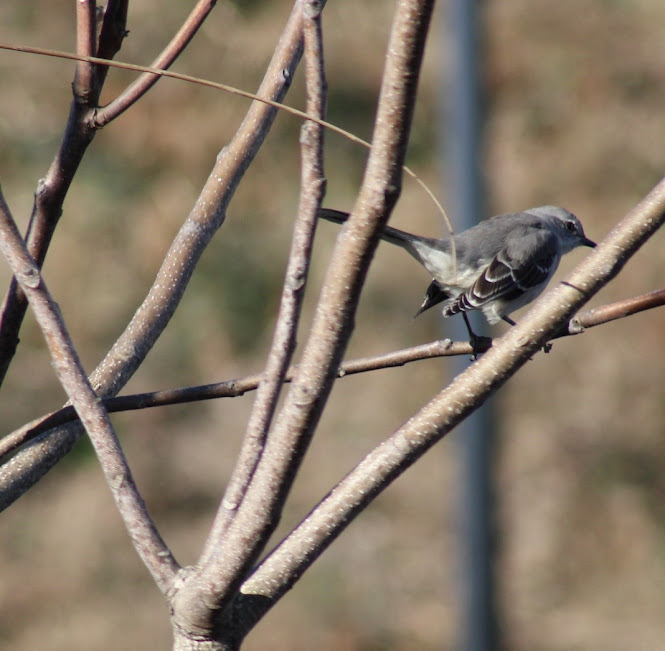

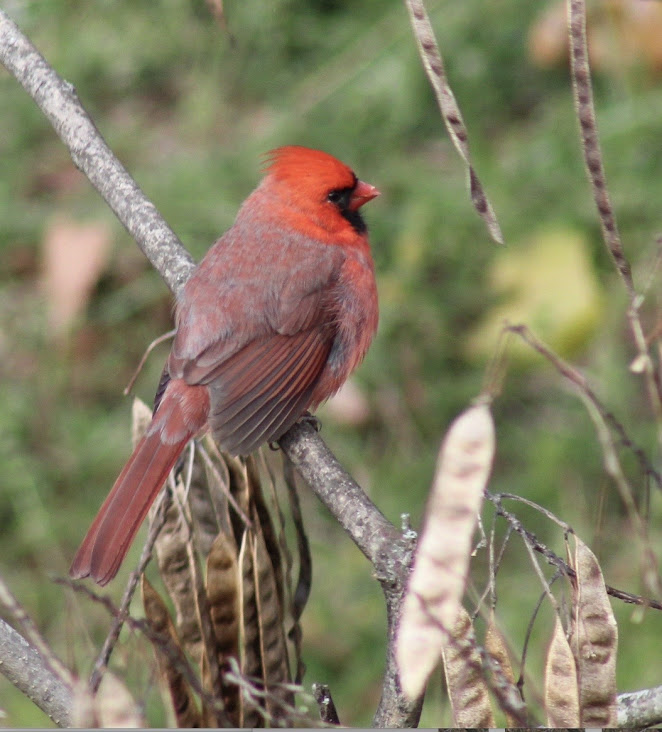





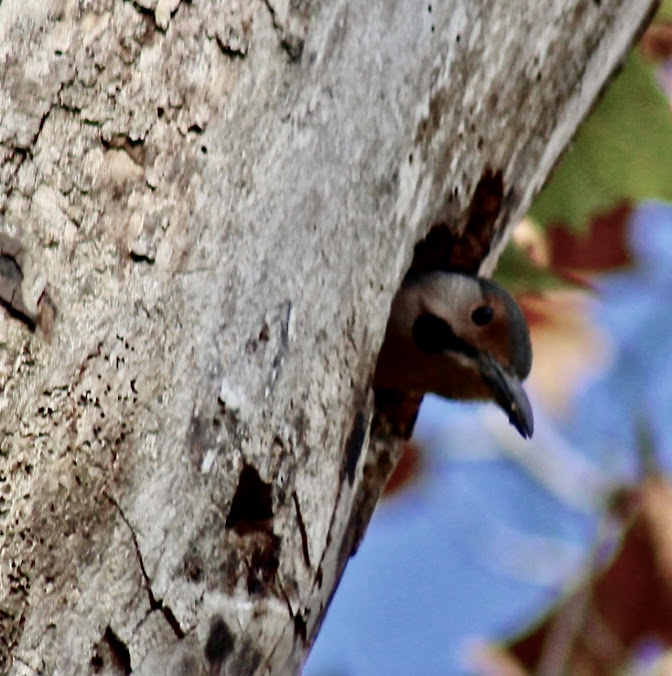
























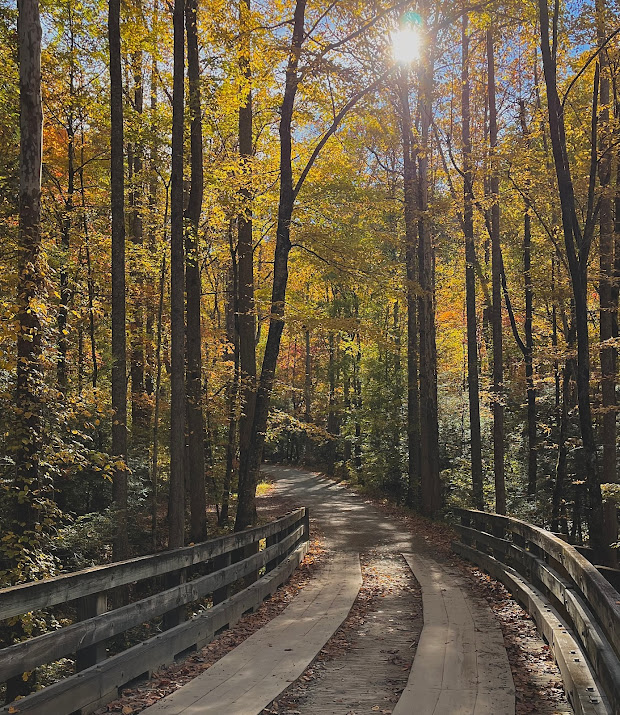
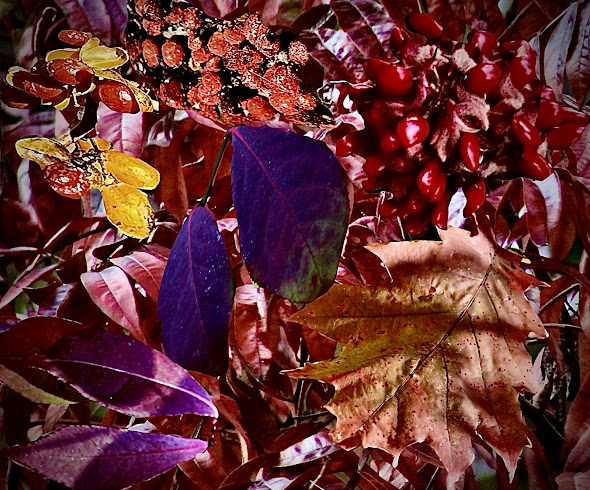
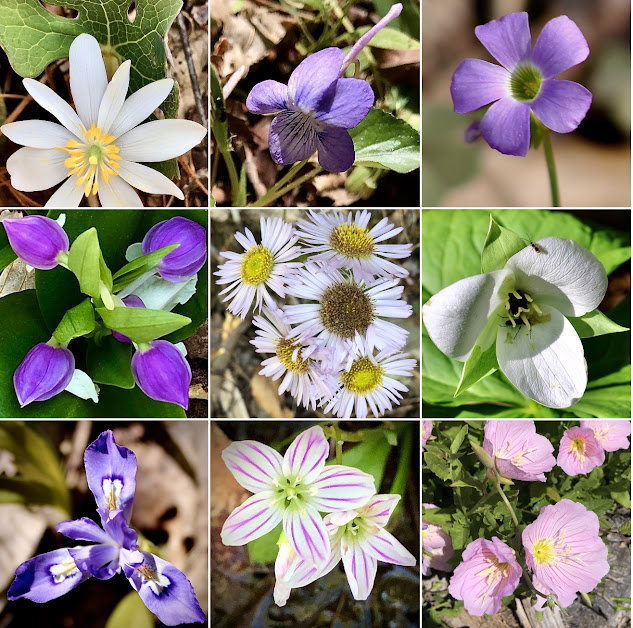


Comments
Post a Comment